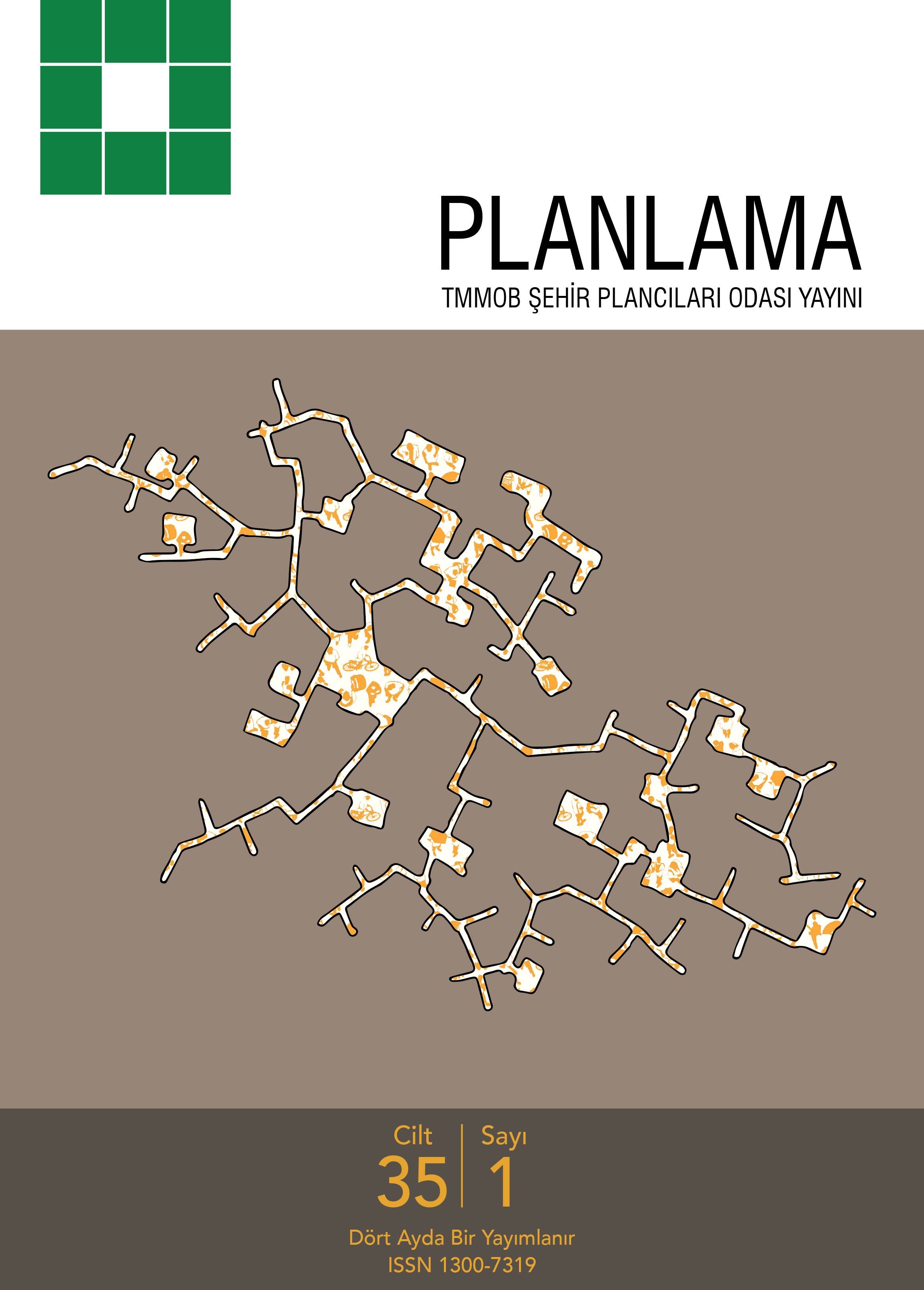Evaluation of Industrial-Cultural Heritage: The Case of Zollverein Mine Complex in Germany
Yaren Şekerci1, İlknur Akıner21Antalya Bilim University Faculty of Fine Arts and Architecture, Department of Interior Architecture and Environmental Design, Antalya2Akdeniz University Faculty of Architecture, Department of Architecture, Antalya
Industrialization, which started in Britain in the 18th century, spread rapidly to many parts of the world, especially Europe. With the mass production, the transition from human power to machine power has begun and industrial structures, which are the new type of space with large spans in which machines produce, have begun to be built. These structures, which have been operating for years, are abandoned and remain idle due to the inadequacy of the natural resource in the areas and the insufficient sizes of the structures. From this point on, the fate of these structures is drawn depending on the approach and sensitivity of the country where the factories are located. Preserving these structures, which are evidence of the period in which they operated, ensures that the period when the factory was founded and worked remains still in the collective memory. In recent years, when architectural conservation was limited to only a few types of structures, industrial heritage also became an important area of protection. Some countries gave attention to the industrial heritage conservation are examples for others. One of the prominent countries in this regard is Germany. The Zollverein Mine Complex is located in Germany's Ruhr Area and remained idle after its closure in 1986. Many years of renovation works have been carried out in order to preserve the complex, which witnessed the industrial structure of a period, with the least possible intervention and to reintegrate it into the society. This complex, which was included in the UNESCO World Heritage List in 2001, sets an good example for the whole world in terms of evaluating the industrial heritage, not only with its protected structures, but also with the new and contemporary structures added to the complex. The Mining Complex, which reflects the cultural and industrial history of the city, is handled as a case study within the scope of industrial heritage. Within the scope of the research, industrial facilities, which are the important components of the Industrial and Cultural Heritage and play active roles in the physical development of the city, were examined. Conservation and reuse proposals for transferring the existing industrial heritage to future generations are discussed and studied on the Zollverein project example.
Keywords: Industrial heritage, cultural heritage; Zollverein Mine Complex.Endüstriyel-Kültürel Mirasın Değerlendirilmesi: Almanya Zollverein Maden Ocağı Kompleksi Örneği
Yaren Şekerci1, İlknur Akıner21Antalya Bilim Üniversitesi Güzel Sanatlar ve Mimarlık Fakültesi, İç Mimarlık ve Çevre Tasarımı Bölümü, Antalya2Akdeniz Üniversitesi Mimarlık Fakültesi, Mimarlık Bölümü, Antalya
18. yüzyılda Britanyada başlayan sanayileşme, başta Avrupa olmak üzere dünyanın birçok yerine hızla yayılmıştır. Seri üretimle birlikte, insan gücünden makine gücüne geçilmiş ve makinelerin üretim yaptığı geniş açıklıklı yeni mekan tipi olan endüstri yapıları inşa edilmeye başlanmıştır. Seneler boyunca faaliyet gösteren bu yapılar zamanla o alandaki doğal kaynağın yetersizliği, yapının büyüklüğünün yetersiz kalması gibi nedenlerle terk edilmekte ve atıl durumda kalmaktadır. Bu noktadan itibaren, bu yapıların kaderi, fabrikanın bulunduğu ülkenin yaklaşımına ve hassasiyetine bağlı olarak çizilmektedir. Faaliyet gösterdikleri dönemin bir kanıtı olan bu yapıların korunup gelecek nesillere aktarılması, fabrikanın kurulduğu ve çalıştığı dönemin, kolektif hafızada taze kalmasını sağlamaktadır. Mimari korumanın bazı fonksiyonel yapılarla sınırlı kaldığı son yıllarda endüstri mirası da korumanın önemli bir alanı haline gelmiştir. Endüstri mirası koruma konusunda incelenen bazı ülkeler, diğerlerine örnek teşkil edecek kadar iyi çalışmalara imza atmaktadır. Bu konuda öne çıkan ülkelerden biri Almanyadır. Zollverein Maden Ocağı Kompleksi, Almanyanın Ruhr Bölgesinde yer almaktadır ve 1986da kapatılmasının ardından atıl durumda kalmıştır. Bir dönemin endüstriyel yapısına tanıklık eden kompleksi olabilecek en az müdahaleyle koruyabilmek ve tekrar topluma kazandırabilmek adına uzun yıllar süren yenileme çalışmaları yapılmıştır. 2001de UNESCO Dünya Miras Listesine giren bu kompleks, sadece korunan yapılarıyla değil, komplekse sonradan dahil edilen yeni ve çağdaş ek yapılarıyla da tüm dünyaya endüstriyel mirasın değerlendirilmesi adına örnek olmaktadır. Kentin kültürel ve endüstriyel geçmişini yansıtan Maden Ocağı Kompleksi, endüstriyel miras kapsamında bir vaka çalışması olarak ele alınmaktadır. Araştırma kapsamında, Endüstriyel ve Kültürel Mirasın önemli bir bileşeni olan ve kentin fiziksel gelişiminde etkin bir rol alan endüstri tesisleri incelenmiştir. Mevcut endüstri mirasının gelecek kuşaklara aktarılması için koruma ve yeniden işlevlendirme önerileri Zollverein proje örneği üzerinden etüt edilerek tartışılmaktadır.
Anahtar Kelimeler: Endü, stri mirası; kültürel miras; Zollverein Maden Ocağı Kompleksi.Manuscript Language: Turkish













